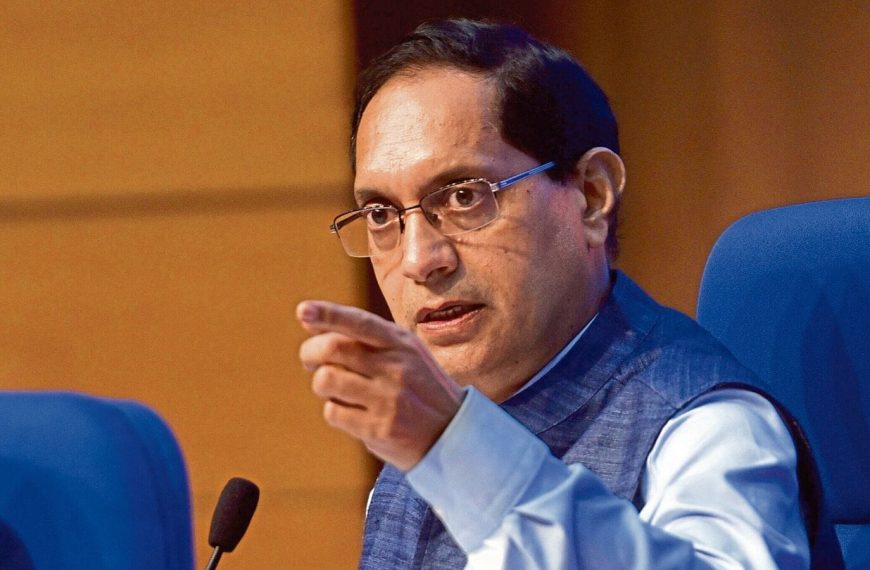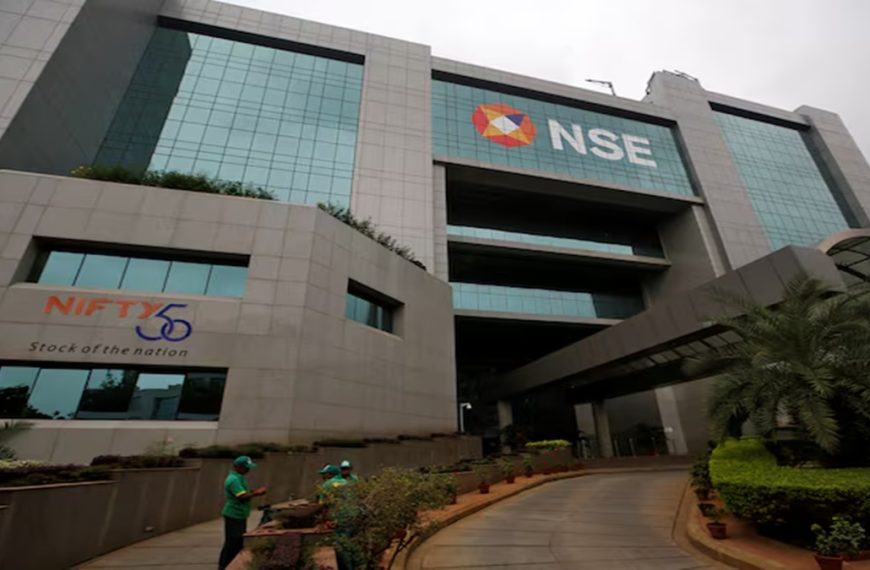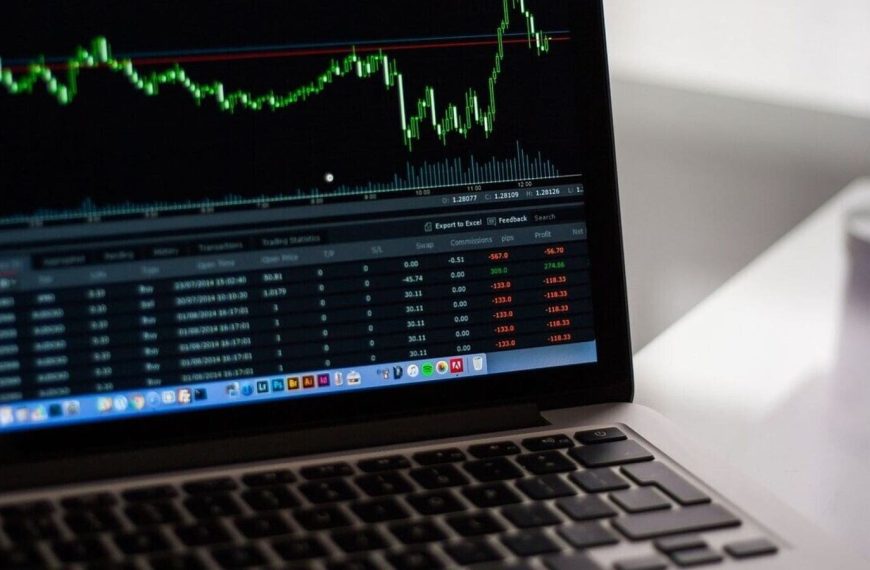The recent Ather Energy IPO, which concluded on April 30, witnessed a complete subscription, yet the overall enthusiasm among investors seemed relatively low. While the retail segment showed a promising 1.89 times subscription, the general demand remained muted, raising questions about what might be deterring potential investors. Several critical factors contribute to this lukewarm response, which we’ll explore below.
Key Factors Contributing to Investor Hesitation
A thorough examination of Ather Energy’s Draft Red Herring Prospectus (DRHP) alongside insights from market analysts reveals five significant reasons behind the flat Grey Market Premium (GMP), despite the buzz surrounding electric vehicles (EVs).
1. Concerns Over Valuation
Analysts at Deven Choksey have issued an "Avoid" rating for Ather Energy, primarily due to valuation worries. The company’s valuation stands at 6x EV/Sales, which is notably higher compared to its competitors. For instance, Bajaj Auto is at 5.4x, TVS Motor at 3.5x, and Hero MotoCorp at 2.7x. This disparity leads to speculation that Ather Energy shares might be available at a more appealing price in the secondary market post-listing.
2. Profitability Struggles
Financial reports indicate Ather Energy has faced losses over the past three fiscal years, beginning in FY22. The figures submitted in the DRHP for the first nine months of FY25 reveal a staggering loss of Rs 577.9 crore. This ongoing struggle raises alarms about the company’s path to profitability, a significant factor in the cautious approach taken by investors.
3. Negative Cash Flow Issues
Another critical concern for Ather Energy is its persistent negative cash flow. The DRHP highlights alarming figures: Rs -228.4 crore in FY22, Rs -871.3 crore in FY23, Rs -267.6 crore in FY24, and Rs -717.1 crore in the first nine months of FY25. Such negative cash flow could severely impact the company’s liquidity and further complicate its financial health.
4. Increasing Competition
Once a pioneer in the electric two-wheeler market, Ather Energy’s market share has stagnated. The company reported an 11.5% market share in FY24, which has slipped slightly to 10.7% in the first nine months of FY25. With more competitors entering the market, Ather Energy’s position may continue to weaken, raising concerns about its long-term viability.
5. Reliance on Government Policies
Ather Energy’s business model heavily depends on government incentives and policies, such as the PM e-Drive initiative. Investors are wary of the potential repercussions if these incentives are withdrawn, particularly concerning retail pricing dynamics.
Investor Sentiment Moving Forward
Given these factors, many investors are opting for a cautious stance, preferring to take a "wait and see" approach. Attention is now focused on the anticipated listing of Ather Energy shares on May 6. Current GMP trends suggest that the shares may debut close to the issue price of Rs 320 per share.
By understanding these dynamics, investors can better navigate the complexities surrounding the Ather Energy IPO and make informed decisions moving forward.











